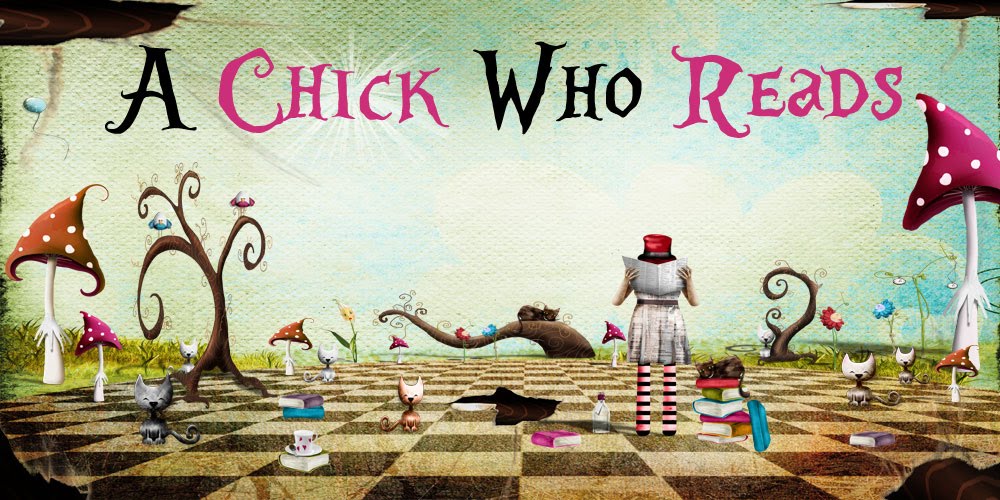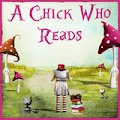What was your inspiration for
"His Last Mistress?" First, let me thank you for having me! I had always been
fascinated by the story of the Duke of Monmouth, but it wasn’t until 2011 when
I was researching my upcoming novel, William
& Mary, that I became interested in the latter part of his personal
life. What piqued my interest was John Evelyn’s Diary entry for the 15th of July, 1685 – the date of
Monmouth’s execution, that I read that Evelyn had some disdain for a certain
Henrietta Wentworth. I hadn’t come across that name before. I largely respect
John Evelyn, and so I was naturally intrigued by this “debauched woman” he
referred to, so I began researching her in more depth; and it was then that I
found out about this great, moving, tragic romance. It moved me so deeply, that
I knew I had to try to write their story. I didn’t think it was fair that no
one really knew about their story, and I personally think tragic romances are
some of the greatest romances ever. It was my first attempt at fiction, so I
certainly hope I did Monmouth and Henrietta justice!
What was the most interesting
thing you learned when researching the book? The Duke of Monmouth often comes across in the
history books as a foolish fop, but I hope I have redeemed him by showing that
he was capable of very deep feeling, that he wanted to be accepted completely by
his father, Charles II, and that he was much more than a Restoration rake and a
rebellious, doomed duke. He was one of the most tragic figures in the very
tragic Stuart dynasty, and he is still a contentious figure. To some, he was a
great romantic hero; to others, he was a traitor, worthy of contempt. I
endeavoured to show his qualities and his flaws. He was an excellent soldier, a
great dancer, infamously popular with the ladies, but he was emotionally
volatile, and often very much a boy simply seeking his father’s love. I went to
Somerset and Dorset, England, during my research for His Last Mistress, as they were very important counties during
Monmouth’s Rebellion, and I remember a particular moment when I was at the top
of the Monmouth Tower at St. Mary’s Church, Bridgwater, standing in the exact
same place where he had stood 328 years earlier. I looked out towards the
fields where the Battle of Sedgemoor took place, and that moment brought
everything to life to me.
You are a 17th century historian,
what is it about that period that sets it apart from the others for you? I generally enjoy learning about
things and people that are overlooked, or even forgotten, by popular history.
The 17th-century and the reigning family of that time, the Stuarts,
are largely ignored; and I do attribute this to the fact that they were one of
the most unsuccessful, tragic dynasties in British history, but also, they came
right after the ever-popular Tudors! The Seventeenth Century was, however, a
time of great learning, but also of great superstition. There were executions
for witchcraft, but there were huge leaps forward in science, astronomy,
medicine, and more. There was great brutality, and very harsh punishment for
criminals, whether rich or poor. England had a tumultuous time in the 17th-century,
with the English Civil Wars, followed by a time when the monarchy was
abolished, and then when people realized that they didn’t like that, there was
a triumphant Restoration. I first fell in love with the period through the
music of the Early and Middle Baroque, and then I found that I really enjoyed
the bawdy Restoration plays, and of course, Shakespeare lived until 1616, so he
gets counted, too! Although the 17th-century had very defined gender
roles, it nevertheless had some of the first female writers, painters,
composers, and actresses. I also love the clothing of the period, and the
beautiful art of the century, and the gorgeous architecture. In terms of
aesthetics, it was a spectacular century, and one I hope more people will want
to learn about.
What person from the 17th century
would you most like to sit down to dinner with and why? This is a very difficult
question, as the 17th-century had some of the most interesting minds
ever – such as Descartes, Spinoza, de la Rochefoucauld, Newton, Huygens,
Pascal, Shakespeare, Leibniz, etc. I wish I could sit down with all the Stuarts
at a big banqueting table, but if not possible, I would probably have to choose
Samuel Pepys, because he had a passion for good food and good theatre…but I
would probably have to carry a pin just in case he decided to try to grope me
(which he liked to do to ladies!). He is famous for his Diary, which he wrote for almost ten years, and in this Diary he wrote about major events, such
as the Restoration of the monarchy in 1660, the plague in 1665, and the Great
Fire of London in 1666. And unlike Evelyn, Pepys went into detail about his
marital problems and his adultery with other women. It certainly makes for a
juicy read, so he probably would have been an excellent conversationalist, too,
I’d imagine.
What is next for you? In time for Halloween this year,
I will be publishing my first historical horror novel, The Stuart Vampire. This was great fun to write because it’s the
first book I’ve written where I didn’t have to have to spend months
meticulously researching historical people. I also hope to publish my other
completed work, William & Mary,
which is a biographical fiction about William III and Mary II. There are
several other works in development, all set in the 17th-century! In
the meantime, I also give lectures throughout the UK about the Stuarts and the
1600s, and I give Garden History Tours at Kensington Palace, so my life
revolves around history, and I’m very grateful for that.
Thank you
again.
About HIS LAST MISTRESSPublication Date: May 20, 2013
CreateSpace
Paperback; 206p
ISBN-10: 149042556X
Set in the tumultuous late 17th Century, His Last Mistress tells the true story of the final years of James Scott, the handsome Duke of Monmouth, and his lover Lady Henrietta Wentworth.
As the illegitimate eldest son of King Charles II, the Duke is a spoiled, lecherous man with both a wife and a mistress. However, this rakish libertine is soon captivated by the innocence of young Lady Henrietta Wentworth, who has been raised to covet her virtue. She is determined to spurn his advances, yet she cannot deny the chemistry between them. Will she succumb? At the same time, the Duke begins to harbour risky political ambitions that may threaten not only his life but also that of those around him.
His Last Mistress is a passionate, sometimes explicit, carefully researched and ultimately moving story of love and loss, set against a backdrop of dangerous political unrest, brutal religious tensions, and the looming question of who will be the next King.
About the Author
Born in Philadelphia in 1985 to Chilean-Croatian parents,
Paperback; 206p
ISBN-10: 149042556X
Set in the tumultuous late 17th Century, His Last Mistress tells the true story of the final years of James Scott, the handsome Duke of Monmouth, and his lover Lady Henrietta Wentworth.
As the illegitimate eldest son of King Charles II, the Duke is a spoiled, lecherous man with both a wife and a mistress. However, this rakish libertine is soon captivated by the innocence of young Lady Henrietta Wentworth, who has been raised to covet her virtue. She is determined to spurn his advances, yet she cannot deny the chemistry between them. Will she succumb? At the same time, the Duke begins to harbour risky political ambitions that may threaten not only his life but also that of those around him.
His Last Mistress is a passionate, sometimes explicit, carefully researched and ultimately moving story of love and loss, set against a backdrop of dangerous political unrest, brutal religious tensions, and the looming question of who will be the next King.
About the Author
Born in Philadelphia in 1985 to Chilean-Croatian parents,
Andrea Zuvich is a historian specialising
in the Late Stuarts of the Seventeenth Century and is the creator and
writer of the history website, The Seventeenth Century Lady. Andrea
studied History and Anthropology at both the University of Central
Florida and Oxford University, and has been independently researching
the 1600s since 2008. Andrea is a leader on a
nd one of the original
developers of The Garden History Tours at Kensington Palace, Historic
Royal Palaces, and lives with her English husband in Lancashire,
England.
For more information, please visit Andrea's website
For more information, please visit Andrea's website
You can read my review of His Last Mistress here
















0 comments:
Post a Comment